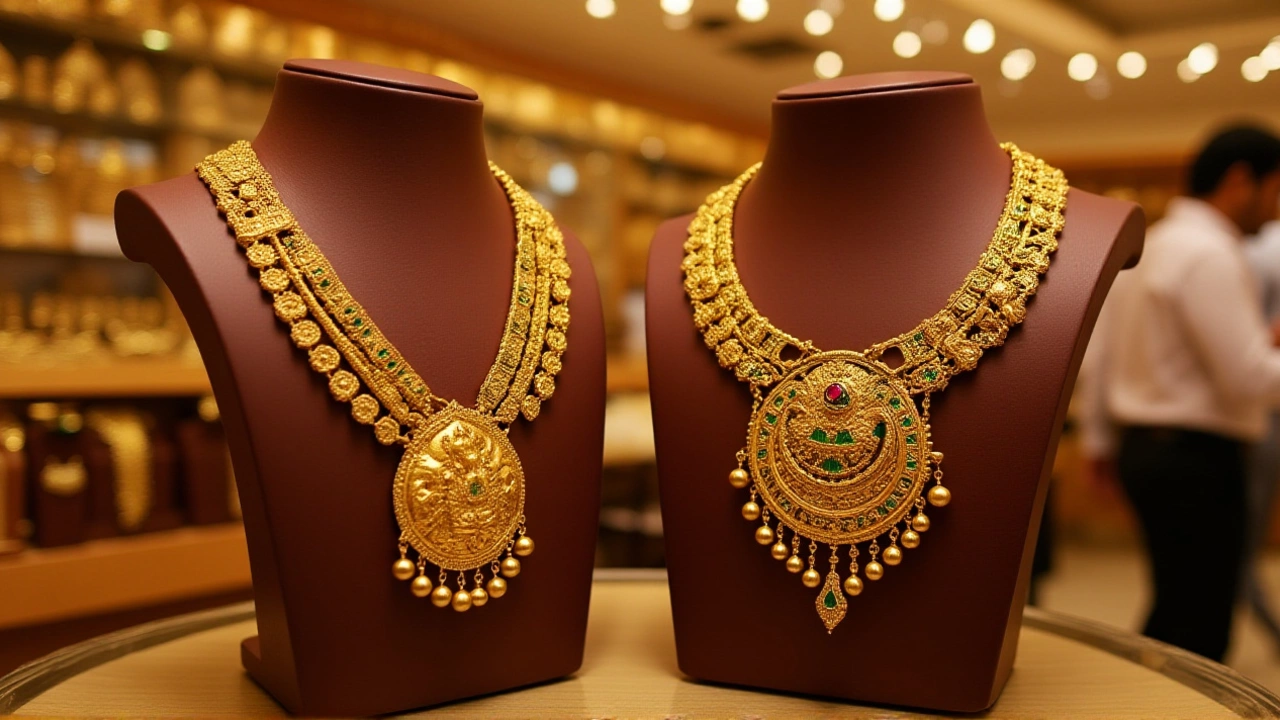MCX – Your Guide to India’s Commodity Trading Hub
When working with MCX, the Multi Commodity Exchange of India, you’re stepping into the country’s most active platform for commodity futures and options trading. Also known as Multi Commodity Exchange, it links producers, investors, and speculators across a range of assets from gold to agricultural products. Commodity Futures, standardized contracts that lock in a price for delivery at a future date are the core product, while SEBI, the Securities and Exchange Board of India that oversees market integrity provides the regulatory backbone.
MCX encompasses a wide set of market participants. Traders use the exchange to capture price movements, while manufacturers turn to it for hedging against input cost spikes. For example, a steel mill might sell futures on MCX to lock in iron ore prices, reducing the risk of sudden cost hikes. This risk‑mitigation link creates a direct tie between commodity markets and broader financial strategies, which is why hedge fund managers keep a close eye on MCX activity.
Key Concepts and Their Interplay
Understanding MCX means recognizing three main pillars: the contract types, the participants, and the oversight mechanisms. First, futures contracts set a delivery date and price, while options give the right, not the obligation, to trade at a set price. Second, participants range from retail investors using online platforms to large institutions that allocate billions for commodity exposure. Third, SEBI’s surveillance ensures transparency, enforces position limits, and curbs market abuse. These pillars interact tightly—regulation shapes contract design, which in turn influences how investors craft hedging strategies.
Another important entity is the market data ecosystem. Real‑time price feeds, order book depth, and volume metrics flow from MCX to news portals, financial TV channels, and mobile apps. This flow fuels the constant stream of market commentary you see on platforms that cover everything from IPO launches to sports sponsorship deals. When a high‑profile IPO like Airfloa Rail Technology reports strong subscription numbers, analysts often reference commodity price trends on MCX to gauge broader economic sentiment.
MCX also fuels cross‑sector insights. A surge in gold futures can hint at increased investor appetite for safe‑haven assets during geopolitical tension, which may spill over into media coverage of international events. Likewise, sharp moves in agricultural futures might influence discussions on food security that appear in cultural pieces about festivals or seasonal rituals.
From a practical standpoint, anyone interested in trading on MCX should first set up a demat and trading account with a broker that offers direct market access. After that, selecting the right contract requires checking expiry cycles, tick sizes, and margin requirements. Most brokers provide a risk calculator that factors in daily price volatility, helping traders decide how much capital to allocate without breaching SEBI’s exposure limits.
Beyond individual trades, MCX data feeds into portfolio construction for diversified funds. Hedge funds often blend commodity exposure with equity and credit positions to smooth returns. The exchange’s transparency and liquidity make it a reliable building block for these multi‑asset strategies, which is why many professional managers list MCX performance alongside macro‑economic indicators in their quarterly reviews.
What you’ll find in the collection below reflects how MCX touches many aspects of Indian financial life—from IPO excitement and media analysis to sports sponsorships and cultural events. Each article offers a slice of the broader picture, helping you see how commodity markets intersect with news, investment trends, and everyday decisions. Dive in to discover practical tips, market updates, and real‑world examples that bring the MCX ecosystem to life.
Gold Prices Hit Record ₹1.35 Lakhs per 10g on Dhanteras 2025
India's gold prices surged to a record ₹1.34 Lakh per 10 g on Dhanteras 2025, driven by festive demand and central bank buying. Experts forecast further rise to ₹1.5 Lakh by early 2026.
